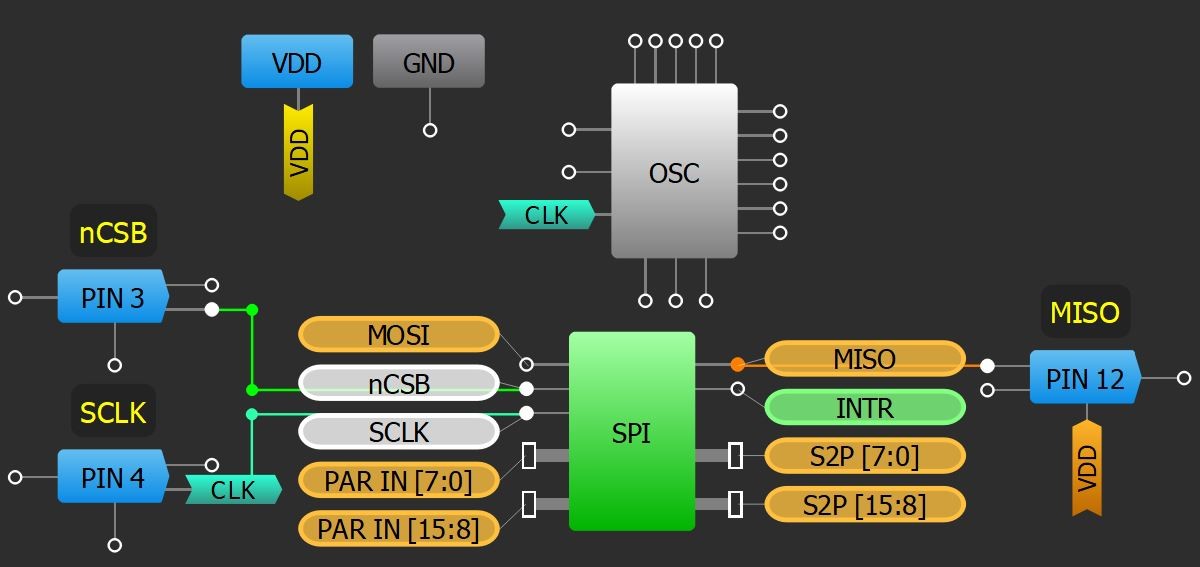- 亚博电竞菠菜
- Power Management
- xinyabo体育
- Audio
- Sensors
- Lighting
- Custom Mixed-Signal ICs (ASICs)
- Power Conversion
- Power Switching
- Memory
- Silicon IP
- GreenPAK可配置的混合信号
- Timing
- Communications
- IO-Link
- Industrial and Automotive ASICs
- Industrial Edge Computing
- IOX Expansion Module
- IzoT Commissioning Tool (CT)
- IzoT Net Server
- IzoT SDK 2
- IzoT ShortStack SDK
- LNS DDE Server
- LON Upgrade
- LonScanner FX Protocol Analyzer
- Smart Edge Platform
- SmartServer IoT
- SmartServer IoT™ Partner Program
- SmartServer™ IoT Edge Server
- U10 USB Network Interface
- U20 USB Network Interface
- U60 DIN USB Expansion Modules
- U60 FT USB Network Interface Module
- U70 PL-20 USB Network Interface
- Current Control
- Motor Control
- Display
- Modules
- Longevity Program
- Product Selector
- Document Search
- 亚博国际官网平台网址
- Application Solution Diagrams
- Connected Health
- Connected Consumer
- Connected rechargeable E-cigarette
- True Wireless Stereo
- USB Type-C ANC Headset
- Beacon, Tracker, Findable
- DECT Ambient Noise Cancellation (ANC) Headset
- Rechargeable E-Cigarette
- Game Controller
- Feature-rich Rechargeable E-Cigarette
- Rechargeable Game Controller
- Bluetooth ANC Headset
- Toothbrush
- Electric MP3 toothbrush
- Voice RCU
- Animal Tracker / Location Tracker
- POS Terminals
- Wall-to-Battery & Direct Charging
- Smart Home
- Smart Appliances
- Industrial & Infrastructure
- Smart Lighting
- Wearables
- Configurable Mixed-signal IC Solutions
- Smart Home
- Home Appliances
- Networking
- Automotive
- Industrial
- Smart Meters
- SoC PMIC Solutions
- Communications
- Connected Medical
- Transportation
- Application Solution Diagrams
- Support
- 亚博全网
You are here
Using Serial to Parallel Interface (SPI) Block

Using Serial to Parallel Interface (SPI) Block
Communication Protocols Technique
This technique is for the Serial to Parallel Interface (SPI) block, available in the SLG46140, SLG46620, and SLG46621.
The SPI block is a special macrocell that can be used for communication between a GreenPAK and a SOC. It can either translate serial data to parallel or parallel data to serial. The inputs are standard SPI I/O connections (MOSI, MISO, nCSB, SCLK, and OUTs). nCSB is an active low chip select. SCLK is the serial clock which clocks the SPI macrocell.

The SPI can be used to transfer data to such blocks as:
- FSM
- DCMP
- DAC (through DCMP
The same SPI can be used to transfer data from:
- ADC
- FSM
All this can be used with other macrocells for functionality like:
- Pulse Width Modulation
- 模拟到数字的比较
- Digital to Analog Comparison
- Comparing two results with DCMP
- SDIO and LCD

The SPI can be selected to work in either 8-bits or 16-bits. Remember that the SPI macrocell cannot send and receive serial data in the same program file. It must be set up either in the S2P or P2S mode.
In the P2S mode, the “INTR” pin pulses high for one clock period each time data after transmission completes.
Otherwise, the SPI implemented in GreenPAK meets the generally accepted standard. It is possible to set the clocking frequency up to 2 MHz. It is also possible to configure the clock polarity with the CPOL bit and clock phase with the CPHA bit. When CPHA = 0, data can only be transmitted from serial to parallel, not from parallel to serial. When CPHA = 1, data can be transmitted both from serial to parallel and from parallel to serial.
